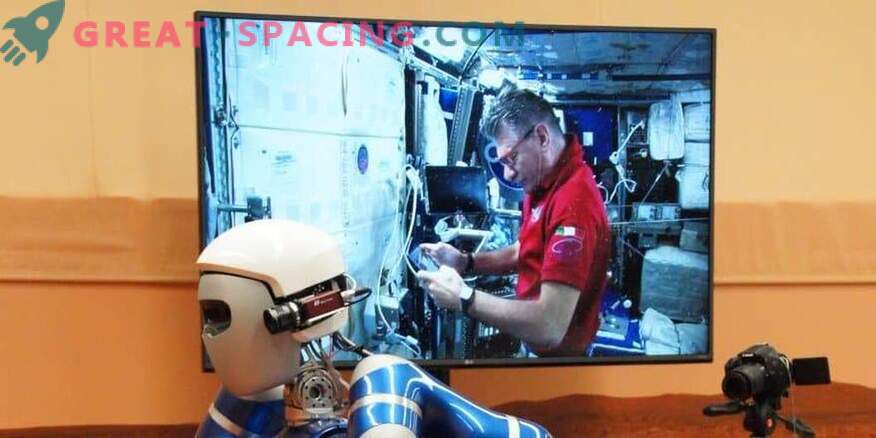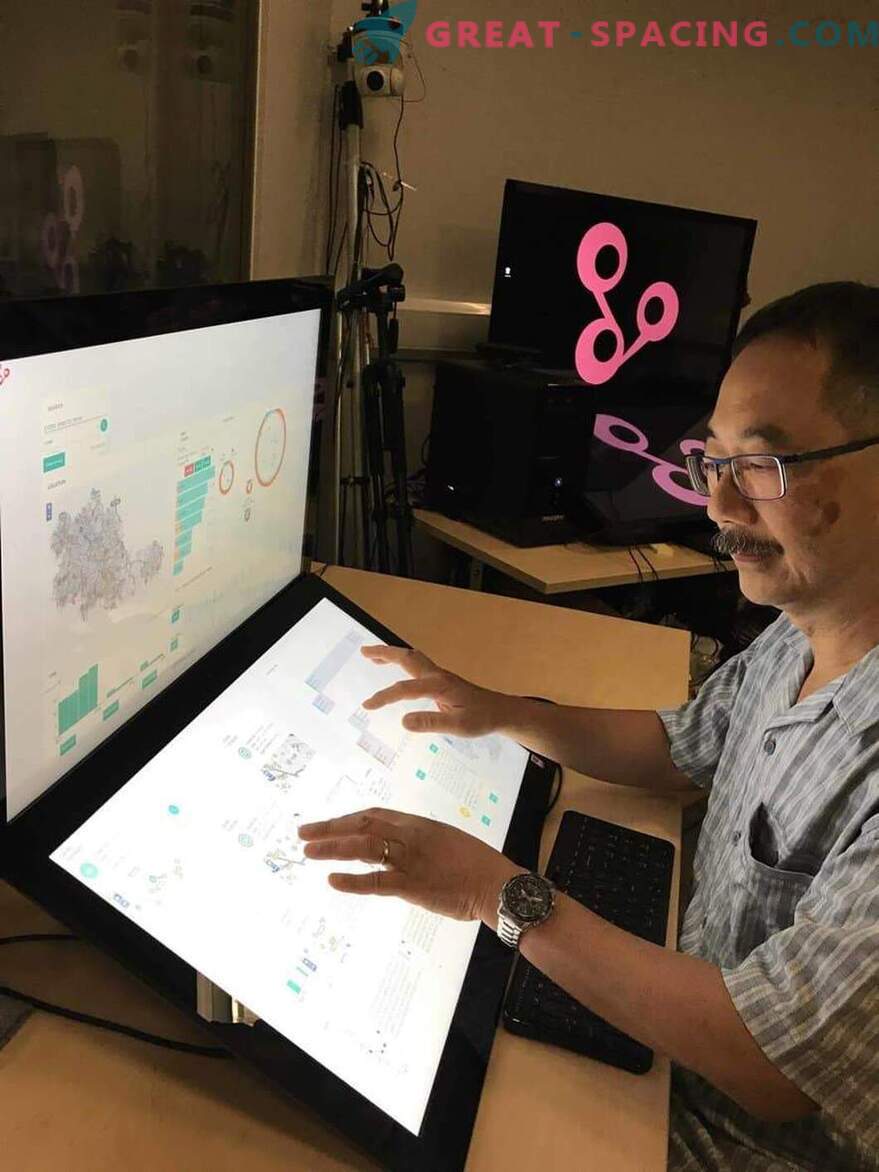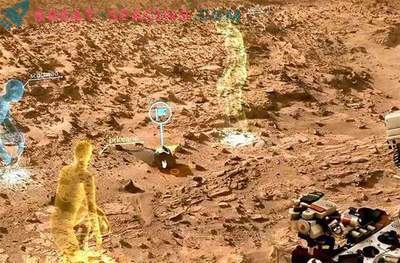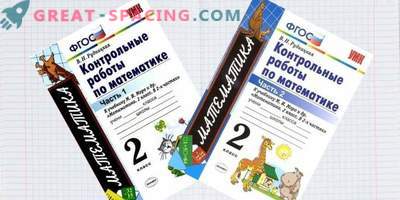
Justin and Paolo
Artificial intelligence, already helping astronauts on the ISS, can be used to solve crimes. It turns out that he is able to detect suspicious patterns, restore scenes and highlight promising ways of investigation.
The history of artificial intelligence began almost 15 years ago, when astronauts were preparing to fly. Then, Space Applications Services created software for astronaut training at the Columbus laboratory, answering the questions “What is it?” And “Where is it?”.
Artificial intelligence will play an important role in future missions. Greater automation will reduce ground operations, costs and risks. The next ESA cosmonaut, Alexander Gerst, will reach a new level in 2018, as he will check the functionality of the smart assistant.
Fighting crime
In 2003-2005 actively carried out the project on training crews. As a result, it was possible to significantly improve security. The company created a tool that could deal with a huge number of questions and quickly display the results. With it, you could find the right videos from thousands of hours of recordings made on surveillance cameras.

Maximum science
Later, this technology was used to train airport crisis managers for real-time decision making. Employees were trained in the simulator to identify incidents and potential threats.
Artificial Detective
A decade after space testing, European engineers began to work on semi-automatic scanning of huge amounts of data from a wide range of sources, such as written records, personnel, and social media.
Thus, it was possible to carry out heavy analytical work with just one click of the mouse. Now the Belgian police are testing a technology to organize a cost-effective collection and analysis of information. By mid-2018, software can enter the commercial market.

A user in contact with a semi-automatic system that for a few seconds is viewing millions of data.











































